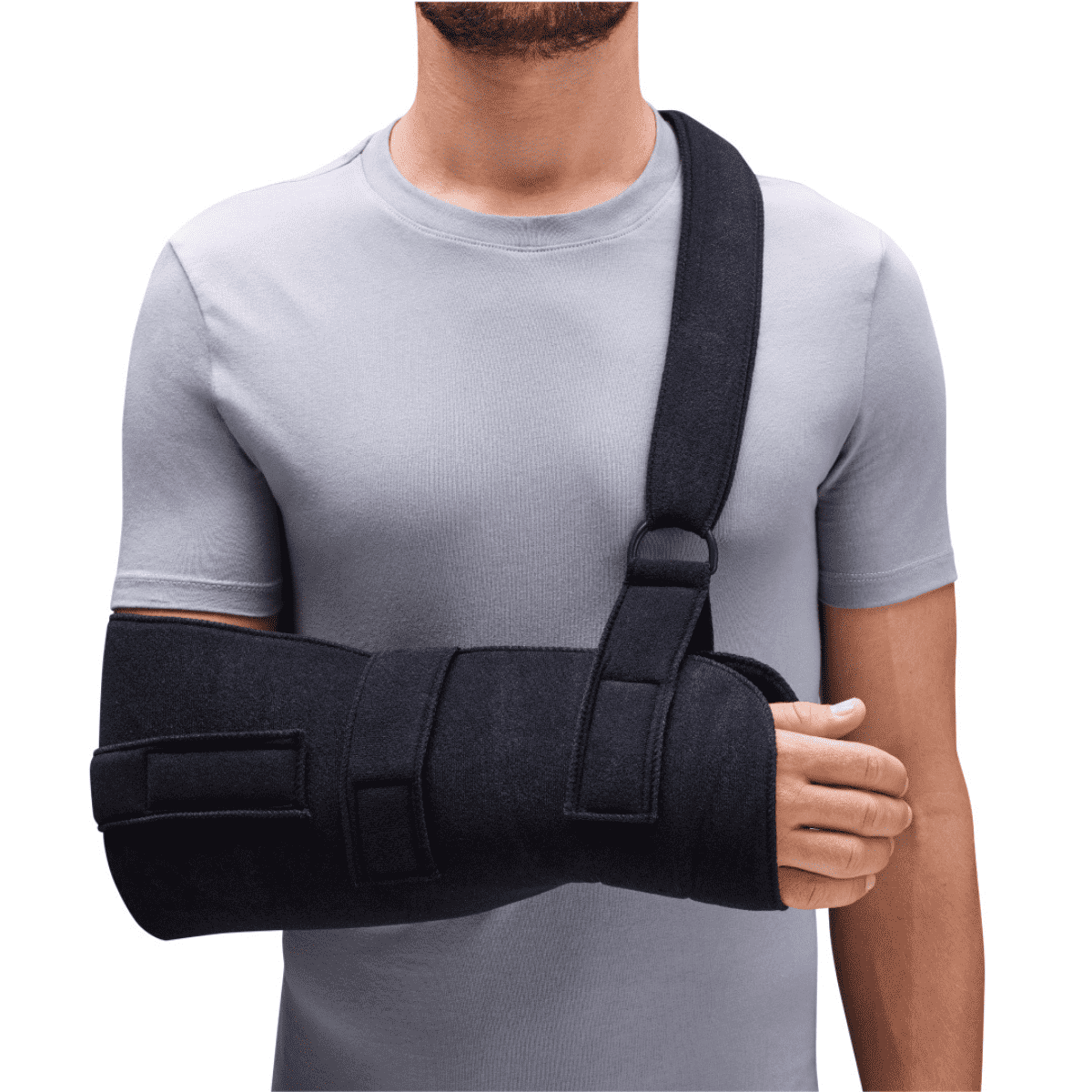Carpal Tunnel is a very common condition that often causes pain, numbness, and tingling in the hand and wrist, sometimes shooting up the arm. As it can take anywhere from a few days to several weeks to heal and get intensely uncomfortable, it’s a good idea to take steps to assist the healing process. So, here are our carpal tunnel syndrome self-care tips.
What is carpal tunnel?
Carpal tunnel occurs when the sheath housing the median nerve starts pressing on it, usually due to inflammation in the surrounding tissues. The nerve runs the length of the arm and through the carpal tunnel in the wrist, where it branches into the palm and thumb, index, and ring fingers. When it’s impinged at the carpal tunnel, it results in pain, tingling, weakness, sharp shooting pains, and numbness in the wrist and hand, sometimes radiating up the arm.
Carpal tunnel syndrome self-care tips
Exercises
Carpal tunnel exercises aim to reduce tension in the muscles surrounding the carpal tunnel and mobilise the tendons and the median nerve to maintain your range of motion and reduce irritation.
Shakes
- Hold your wrist at about chest level with your elbows bent.
- Bend your hands slightly inward at the wrists and shake them out like you were drying them.
- Don’t flex or extend the wrist - just rotate it as far as is comfortable.
Before you start this exercise in full, test to see how your wrist handles it by slowly rotating your hand up and down.
Median nerve glide
- Make a fist.
- Straighten your fingers and thumb, and keep your thumb pressed to your index finger.
- Bend your hand at the wrist back towards your arm.
- Keeping your hand in that position, move your thumb as far as is comfortable away from your fingers.
- Turn your forearm until your hand is palm up.
- Use your other hand to pull your thumb back, deepening the stretch.
If you feel discomfort during the exercise, apply a heat pack for 10 minutes to loosen up the muscles before you resume it.
Tendon nerve glide
- Hold your hand out in front of you and straighten all your fingers.
- Bend your fingers at the knuckles while keeping all other finger joints straight.
- Curl your fingers the rest of the way so your fingertips touch your palm.
Wrist extensor stretch
- Straighten your arm in front of you with your palm facing the floor.
- Bend your hand down at the wrist as far as you can while keeping your fingers straight.
- Use your other hand to pull your hand down and towards you even further to deepen the stretch. Only do so as far as is comfortable.
Prayer stretch
- Press your palms and fingers together under your chin in a prayer position.
- While keeping your hands close to your torso, move them toward your belly as far as is comfortable.
Carpal tunnel braces and supports
Studies show that wearing a brace or wrist splint helps reduce carpal tunnel symptoms. A compression support boosts circulation and venous return, helping reduce any inflammation that may be impinging the nerve. A wrist splint, meanwhile, locks the wrist in a neutral position to prevent movements that could agitate the nerve.
b:joynz wrist support
Our wrist support is best for milder cases of carpal tunnel. Its compression knit and massaging gel pad will help relieve pain and inflammation while allowing for the full range of motion. It also comes with an adjustable wrist strap to provide extra external support.
b:joynz wrist brace
Our wrist brace incorporates splints to keep the wrist in a neutral position. The surrounding fabric is soft, cushioned, and breathable for your wearing comfort. The lace-up design also allows for a high degree of adjustability.
b:joynz wrist and thumb brace
Our wrist and thumb brace adds a thumb splint for cases where carpal tunnel syndrome causes pain and weakness in the thumb. As with the b:joynz wrist brace, you can move your fingers as normal.
Rest
You should rest your wrist for two weeks after symptom onset to help the tissues heal and recover. You can still use your hand, but avoid tasks that are repetitive or that aggravate your condition.
- Avoid drills, jackhammers, and other tools that vibrate
- Don’t hold heavy items too long
- In general, don’t hold objects in the same position too long
- Get an ergonomic mouse and mouse pad to keep the wrist in a neutral position
Ice and heat
Applying an ice pack for ~15 minutes a few times a day can help ease the inflammation that may be pressing into the nerve and take the edge off the nerve pain.
Wearing a heat pack can help boost circulation through the area, assisting the healing process. However, clinicians usually recommend avoiding excessive heating in the first 2-3 days after injury, as it can worsen inflammation.
Carpal Tunnel Self-Care Tips: The Takeaway
Once a clinician diagnoses you with carpal tunnel, it’s essential to take steps to manage pain and protect the median nerve from further damage. Bracing, applying ice and heat, resting the wrist, and doing physiotherapy exercises will help.
















